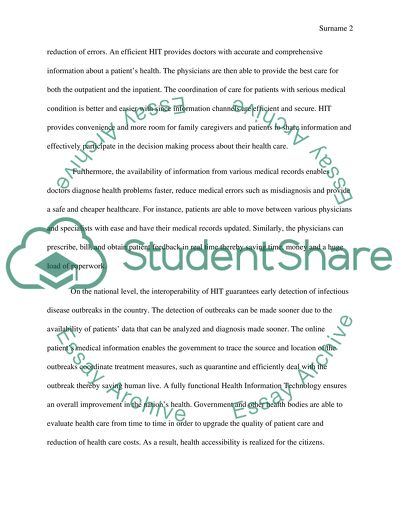Cite this document
(“Use electronic health record to build a patient safety net Essay”, n.d.)
Retrieved from https://studentshare.org/health-sciences-medicine/1403204-use-electronic-health-record-to-build-a-patient
Retrieved from https://studentshare.org/health-sciences-medicine/1403204-use-electronic-health-record-to-build-a-patient
(Use Electronic Health Record to Build a Patient Safety Net Essay)
https://studentshare.org/health-sciences-medicine/1403204-use-electronic-health-record-to-build-a-patient.
https://studentshare.org/health-sciences-medicine/1403204-use-electronic-health-record-to-build-a-patient.
“Use Electronic Health Record to Build a Patient Safety Net Essay”, n.d. https://studentshare.org/health-sciences-medicine/1403204-use-electronic-health-record-to-build-a-patient.


